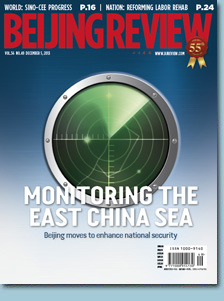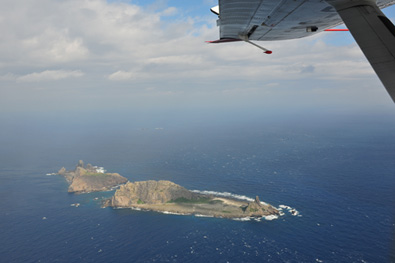|
Each country negotiated different targets. Developing countries do not have to cut back. Signatories have some flexibility in how they attain these emissions reductions.
Kyoto Protocol, which aims to curb the global warming process, came into force on February 16, 2005, with most of the industrialized countries ratifying it. The protocol will have legal force for its participants from the day it took effect after meeting two conditions-backing from at least 55 countries and support from nations representing at least 55 percent of developed countries' carbon dioxide emissions. Developed countries' attitudes to the treaty are different: Countries in the European Union (EU) have strong financial support and advanced environmental protection technologies. Clean energy now occupies a big proportion in EU countries' energy structures. Thus the EU's stance on emission reduction is steady and calls for drastic measures. Under a 2001 deal made by environment ministers in Germany, countries overshooting their targets in 2012 will have to make both the promised cuts and 30 percent more in a second period from 2013.
Meanwhile, big countries like Australia and the United States refuse to sign the treaty. The United States, the world's biggest polluter, has accused the Kyoto Protocol of being too expensive and wrongly omitting developing nations.
UN statistics show that a total of 141 nations have ratified the pact. China signed the treaty on May 29, 1998, and formally announced its approval in 2002. Since then, China has been making efforts to fulfill its mission of emission reduction based on the principle of common but differentiated responsibilities.
CDM in China
The Cleaning Development Mechanism (CDM) is a project-based mechanism defined by Article 12 of the Kyoto Protocol. The core of the CDM is to allow developed country signatories, in cooperation with developing country signatories, to acquire certified emission reductions (CERs) generated by the projects implemented in developing countries.
China is regarded as the best potential CDM market, occupying 40 to 50 percent of the total market in the world. China has set up a CDM management authority and promulgated the Interim Measures for Operation and Management of CDM Projects in China.
CDM projects were introduced to China in 2002. Up to September 21 of this year, the National Development and Reform Commission (NDRC) had approved 842 CDM projects, and there have been altogether 125 CDM projects successfully registered with the National CDM Board (the Board) as of October 30, 2007, and 23 CDM projects issued with CERs. The total volume has reached 20,182,867 tons.
There are some general requirements for the projects. CDM project activities must conform to China's laws and regulations, sustainable development strategy and policy, as well as the general requirements of national economic and social development. No new obligation should be created for China other than those under the United Nations Framework Convention on Climate Change and the Kyoto Protocol.
Project activities should promote the transfer of environmentally sound technology to China, and funds from developed country signatories should be additional to their current official development assistance and their financial obligations under the convention. The implementation of CDM project activities should ensure transparent, efficient and traceable responsibilities. The priority areas for CDM projects in China are energy efficiency improvement, development and utilization of new and renewable energy, as well as recovery and utilization of methane.
The application and approval procedures of CDM projects are as follows: a) A project owner submits to NDRC a project application and documents as required by the above-mentioned Article 12. Relevant departments and local governments may facilitate such project application. b) NDRC asks relevant organizations for expert reviews of the applied project, and submits those project applications reviewed by the experts to the Board. c) The Board reviews the submitted projects and informs NDRC of the qualified projects. d) NDRC approves, jointly with the Ministry of Science and Technology and the Ministry of Foreign Affairs, projects based on the conclusions made by the Board, and issues an approval letter accordingly. The project owner is informed of the decision.
Governments of developed countries can get all or part of CERs produced by projects to offset their obligations defined by Protocol. The CERs acquired by project developers in developed countries can be used to offset their domestic duties for emission reduction, or get profits by selling CERs in the market.
| 

